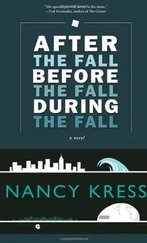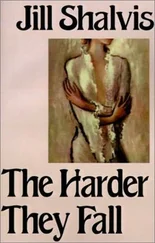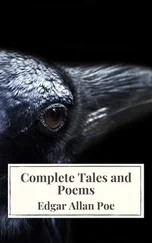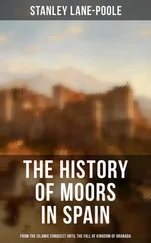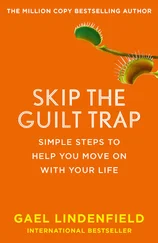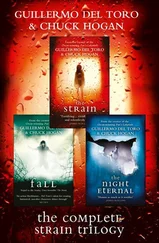76
In 1495, eight years after publishing Malleus maleficarum , Heinrich Kramer moved to Venice, where he recommended torture as a punishment for witch-midwives who murdered newborn babies.
He stayed at the former Dominican monastery, in Campo Santi Giovanni e Paolo, behind the Scuola Grande di San Marco, which had just been designed by Pietro Lombardo.
In 1808, Napoleon Bonaparte expelled all the monks. The former Dominican monastery was combined with the Scuola Grande di San Marco and converted into a military hospital, which subsequently became a public hospital.
Five centuries later, the same place that had sheltered Heinrich Kramer in 1495 went on to employ Dottoressa F.
That’s what Tito’s story is like: circular.
77
The cloister in which I saw Tito for the first time, in an incubator, with his face green, belonged to the former Dominican monastery.
On that night, Anna and I slept in one of its rooms.
Tito remained alone in the neonatal intensive-care unit in Padua Hospital, suffering convulsions.
78
The following day, before going to Padua Hospital, I popped into the patisserie Rosa Salva, in Campo Santi Giovanni e Paolo, opposite the Scuola Grande di San Marco.
One of the reasons I had insisted that Tito be born in Venice Hospital, apart from Pietro Lombardo’s architecture, was the proximity of the patisserie Rosa Salva.
To go back to Tommaso Rangone: the food that proved most harmful to Tito’s health — the one that nearly killed him in the womb — was the bigné allo spumone di zabaione .
79
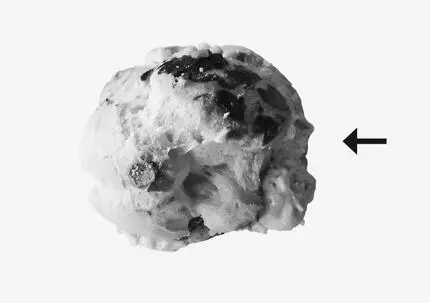
80
In the previous image: a bigné allo spumone di zabaione .
I blame Tito’s cerebral palsy on Pietro Lombardo, John Ruskin, Napoleon Bonaparte, an amnihook, and, lastly, on the bigné allo spumone di zabaione made by the patisserie Rosa Salva.
81
I arrived early at the intensive-care unit in Padua Hospital.
Tito was in an incubator. He lay utterly still. A tube hung from an artery in his foot. Another tube, attached to a ventilator, made one nostril grotesquely large. His body was covered with electrodes connected to a series of machines. Occasionally, one of those machines gave an alarm signal, and the doctors in the unit would rush over to check what was happening. Whenever they did, I was gripped by the fear that Tito might be dying. That fear filled me with both despair and relief, because I could only be sure that Tito was still alive when I feared that he was dying.
In order to die, Tito had to be alive.
82
I spent the day in the intensive-care unit.
I stroked Tito’s face. Still dead. I stroked Tito’s chest. Still dead. I stroked Tito’s leg. Still dead. I stroked Tito’s back. But when I stroked his back, the unexpected happened. He suddenly writhed and arched his spine.
Tito had returned to life.
I cried for half an hour. After crying for half an hour, I cried for another hour. After crying for an hour, I cried for another two hours.
83
The following day, I again visited the intensive-care unit at Padua Hospital.
I immediately stroked Tito’s back. He arched his spine even more than he had on the previous day.
I cried for two hours.
When I stopped crying, I remembered the scene in Abbott and Costello Meet Frankenstein when the monster, lying in his tomb, receives an electric shock, violently arches his back and comes to life.
Tito came to life just like Frankenstein’s monster.
I cried for another two hours.
84
That night, returning alone on the train to Venice, I realized that each episode of my life corresponded to an Abbott and Costello sketch.
85
Gianni and Pinotto.
That’s what the Italians call Abbott and Costello.
They translated Abbott and Costello Meet Frankenstein as Gianni e Pinotto e il cervello di Frankenstein .
During the week I spent at the intensive-care unit in Padua Hospital, my sole interest was that: il cervello di Tito .
Or: Tito’s brain.
86
In Abbott and Costello Meet Frankenstein , Count Dracula, played by Bela Lugosi, wants to transplant Lou Costello’s brain into Frankenstein’s monster, played by Glenn Strange.
It worked with Tito.
After his experience in Dottoressa F’s laboratory in Venice Hospital, he went on to combine the lack of motor control of Frankenstein’s monster with Lou Costello’s buffoonish nature.
87
In Padua Hospital, il cervello di Tito was analyzed using ultrasound, electroencephalograms and MRI scans.
No abnormalities were detected.
Up until now, no machine has uncovered the origin of his cerebral palsy.
88
Lou Costello in Abbott and Costello Meet Frankenstein : “I’ve had this brain for thirty years. It hasn’t done me any good.”
89

(Picture Credit 1.7)
90
In the previous image: Abbott and Costello Meet Frankenstein .
Glenn Strange is the monster: deformed, ungainly, spastic, green.
91
In 1939, Adolf Hitler received a letter from Richard Kretschmar, a farmhand from Leipzig.
Richard Kretschmar begged Adolf Hitler to help him kill what he, in the letter, called a “monster.”
The “monster” was Richard Kretschmar’s own son, Gerhard Kretschmar.
Gerhard Kretschmar had been born blind, as well as missing a leg and part of his arm. He had also, according to his father, been born an “idiot.”
92
Adolf Hitler ordered his personal physician, Karl Brandt, to go to Leipzig University and examine Gerhard Kretschmar for himself.
At the Nuremberg Trials, Karl Brandt gave his own account of events: “If the facts given by the father proved to be true, I was to inform the doctors that, in Hitler’s name, they could use euthanasia.”
93
After examining Gerhard Kretschmar, Karl Brandt authorized his death.
On 25 July 1939, at the age of five months, Gerhard Kretschmar — blind and with a leg and part of his arm missing and, according to his father, an idiot — was executed with a large dose of the barbiturate Luminal.
94
In a statement made thirty years later, Gerhard Kretschmar’s father, Richard Kretschmar, recalled the “euthanasia” of his “monster” in these terms:
Karl Brandt explained to me that the Führer was very, very interested in my son’s case. The Führer wanted to solve the problem of people who had no future, whose lives were worthless. That is why he had granted a merciful death to our son. Later on, we would be able to have other perfectly healthy children of whom the Reich would be proud .
An example of Pride of State?
95
Four weeks after the murder of Gerhard Kretschmar, Adolf Hitler’s Ministry of the Interior determined that all disabled newborns should be reported to the regime’s authorities.
The Ministry of the Interior’s rules mentioned in particular those children suffering from “mongolism, microcephaly, hydrocephalus, deformities of the limbs or spine, and paralysis, including spasticity.”
That’s right: Tito.
Читать дальше





